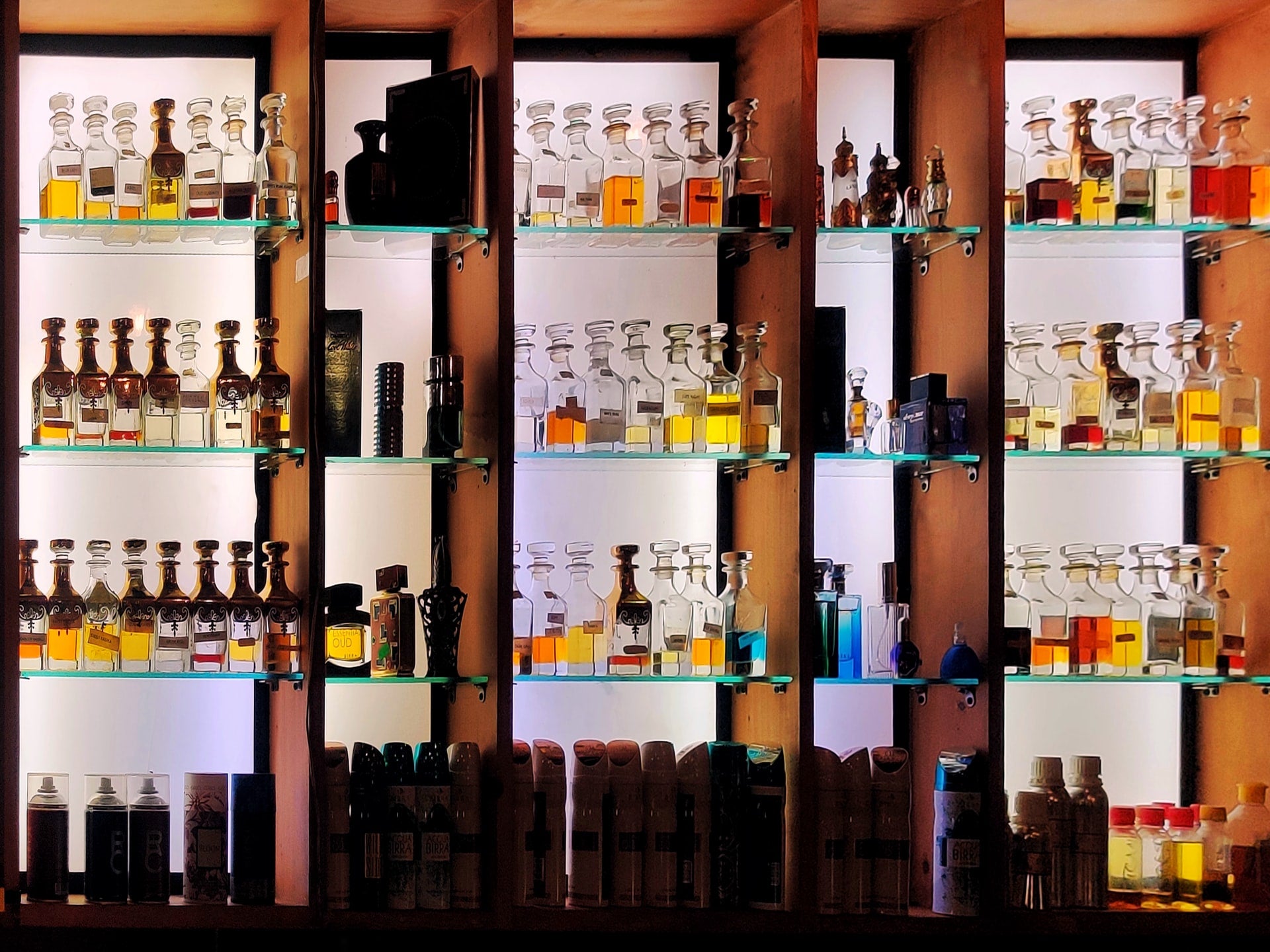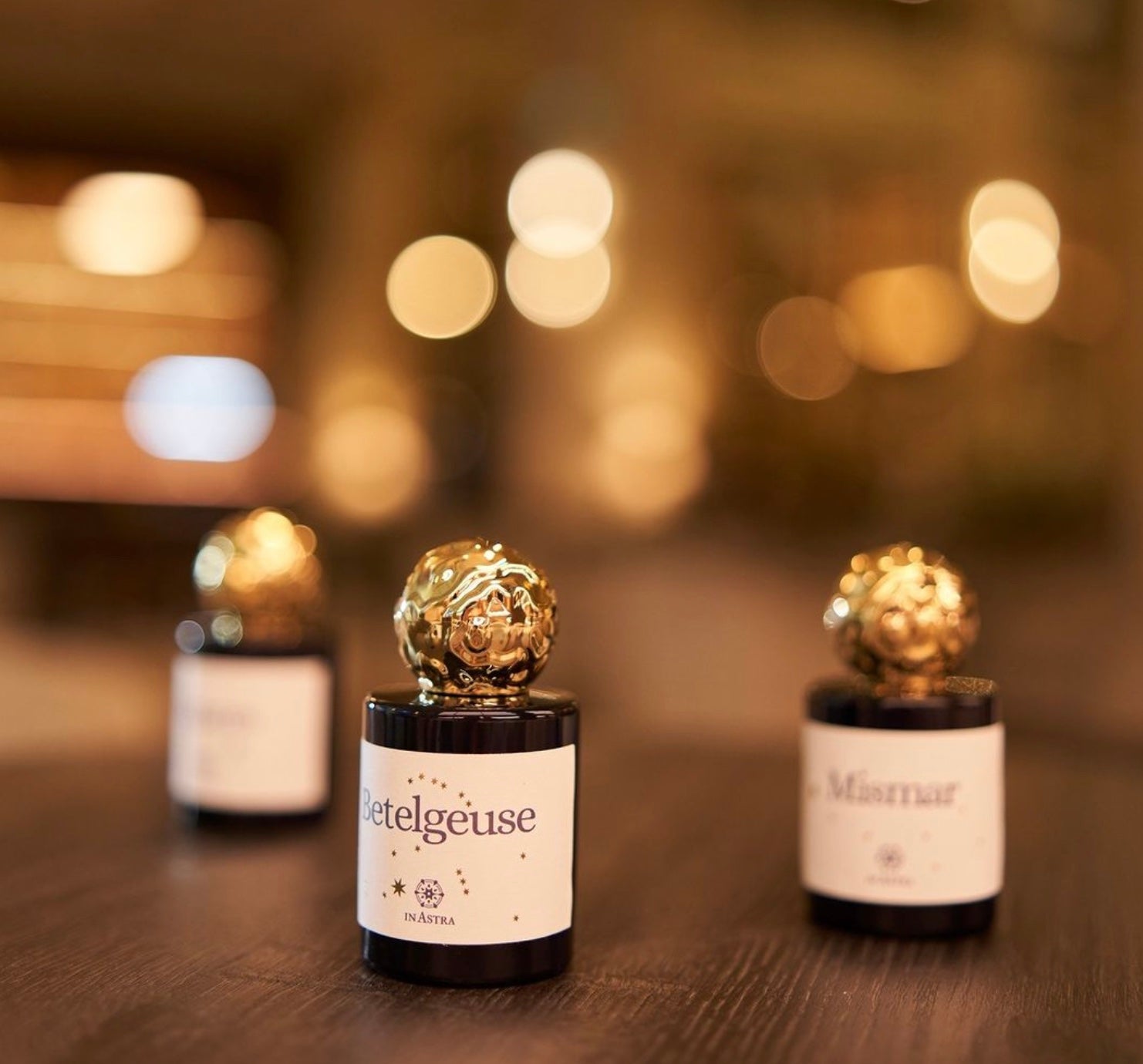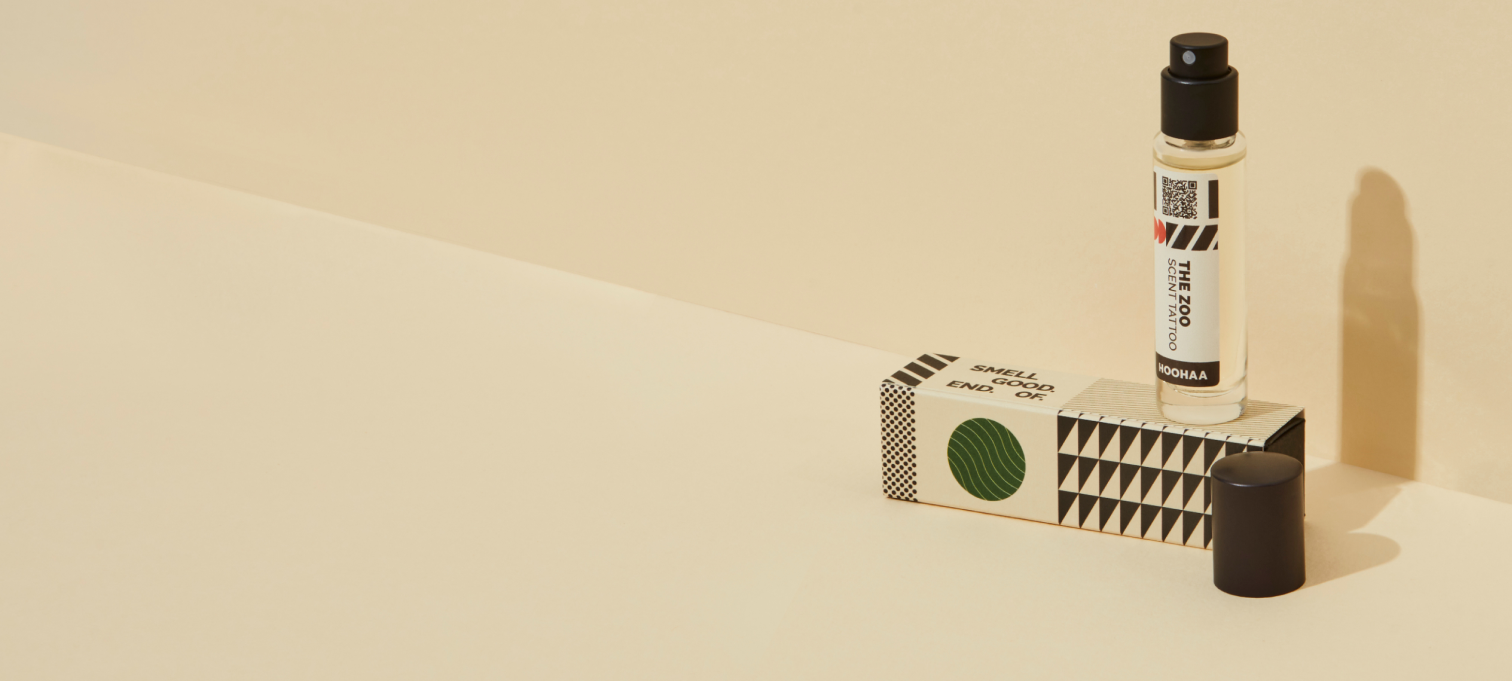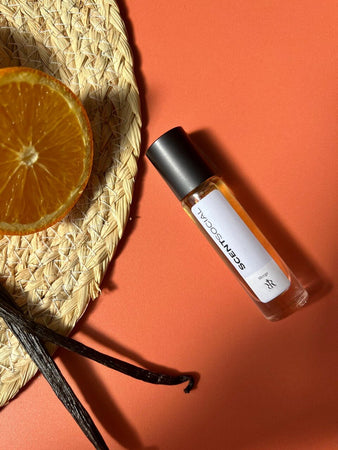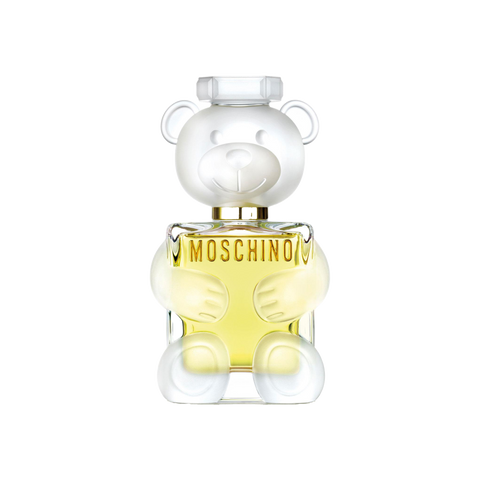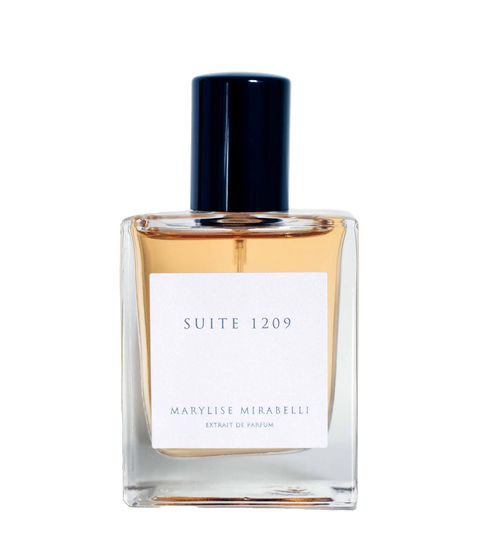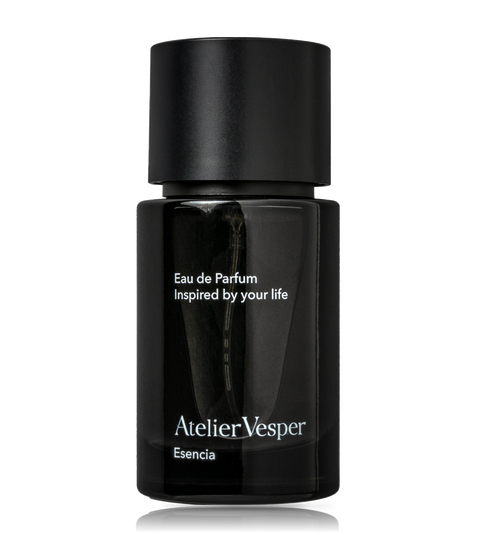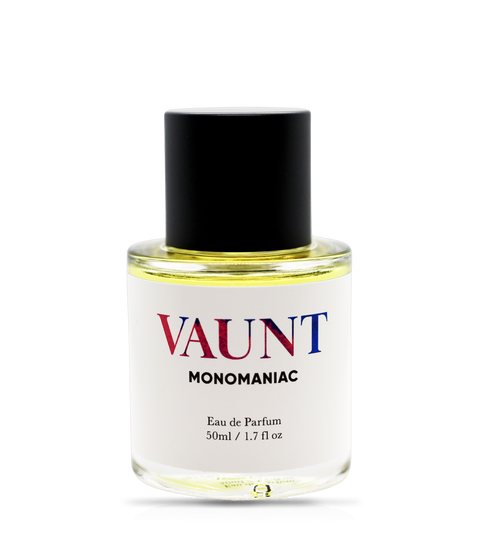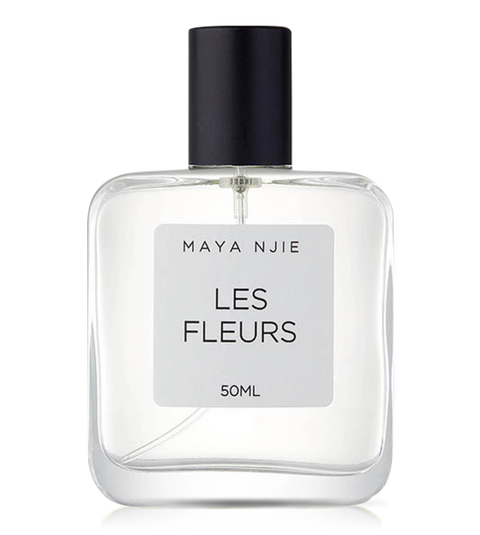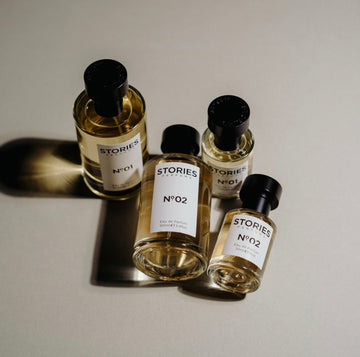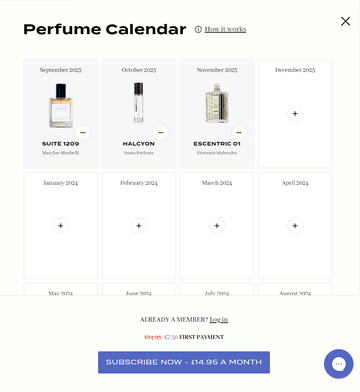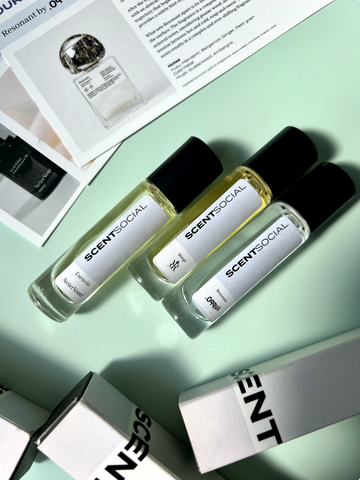History of Perfume
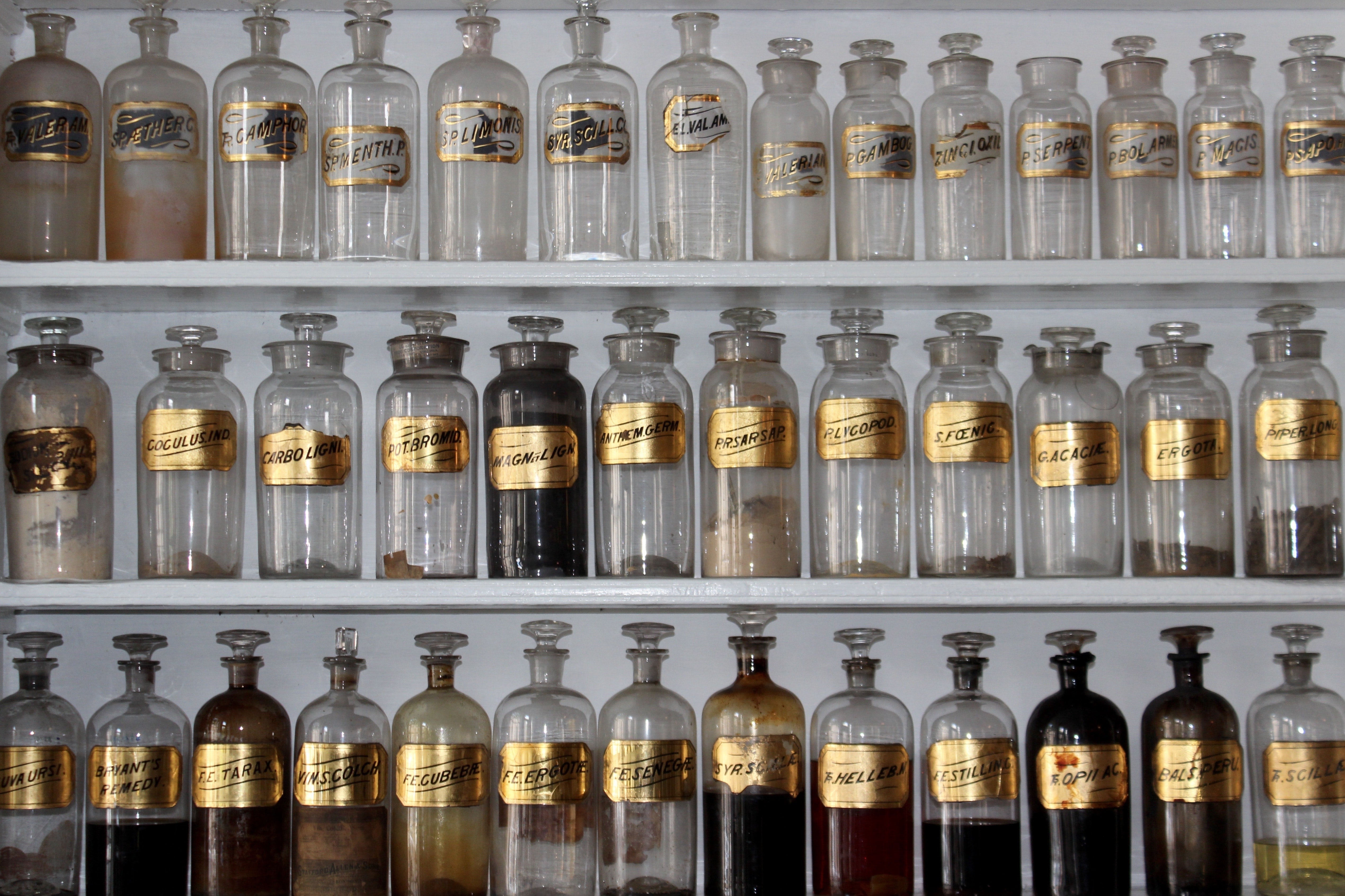
Perfume is not an invention of the 20th century. On the contrary, its origins go as far back as 1200BC. The word perfume is descended from the Latin word “per fumus”, which translates as through smoke.
It’s been used to communicate with gods, seduce, display wealth and been worn purely for pleasure. Its origins can be traced back to the Egyptians and Mesopotamia, where the world’s first recorded chemist, Tapputi-Belatekallim, cooked up sweet fragrances using groundbreaking techniques.
Tapputi-Belatekallim
Her techniques were passed down through the years and recorded on tablets, which would later be discovered by archaeologists. A true pioneer, Tapputi played a significant role in Mesopotamian government and religion, overseeing the Mesopotamian Royal Palace. In fact, her surname translates to her title.
Tapputi used what she could to create fragrances, including flowers, oil, calamus, and myrrh. She then added water and other solvents, distilling and filtering several times. This is one of the oldest references to perfume creation. And, the techniques she invented are still used in perfumery today.
The most significant technique that Tapputi introduced was the use of alcohol instead of oils. Using solvents, such as distilled water and grain alcohol, Tapputi was able to make fragrances lighter and longer lasting than any other perfume oils around at that time.
With perfume dating back to the Egyptians, it’s no surprise that it has scented the pages of history in many different cultures. For example, in Exodus 30:22-33, The Bible describes a sacred perfume made up of liquid myrrh, fragrant cinnamon, fragrant cane, and cassia. However, its use was strictly forbidden apart from Priests. Women around the time of the Bible would wear other perfumes to highlight their beauty. [I think Mary Magdalene is the patron saint of perfume?]
In Islamic cultures, perfumers broke new ground in perfecting steam distillation techniques to introduce new raw materials. These new techniques heavily influenced Western perfumery and developments in chemistry.
Perfume in Different Cultures Throughout the Ages
Later down the years, the court of Louis XIV even swapped out soap and water for perfume. Court members would apply perfume to skin, clothing, fans and even furniture. King Louis himself even requested a new fragrance every day. However, this was likely a forced trend due to the lack of plumbing and the stench of sewage.
Around the same time, Queen Elizabeth I was summoning Venetian traders to Southhampton to see their wares when it became fashionable to wear rose-scented pomanders and sachets. Soon after, the centre of the fragrance world shifted from Italy to France thanks to Queen Catherine de Medici, who wore scented gloves.
Scented gloves became fashionable, fragranced with Neroli, distilled from orange blossoms. This was very expensive, and the orange blossoms themselves don’t have bitter odours – they’re quite rich. It’s the distillation process that gives the neroli its profile. The oil was named after the seventeenth century Italian Princess of Nerola, Anna Maria de La Tremoille, who wore the oil on her gloves.
She even took aromatherapy baths with orange flower oil, which was quite some way ahead of her time. She was famous amongst Italian society, starting a trend for her favourite scented gloves which became known as guanti di neroli. Eventually the oil itself also acquired the name neroli.
Moving on to the Victorian era, fragrances had become delicate and floral – understated and subtle. Queen Victoria was not a fan of over-scented rooms or her subjects. According to the Perfume Society, she was known to associate strong fragrances and heavy make-up with prostitutes and “fallen women”.
And according to Royal Central, Queen Victoria was such a fan of the heady scent of orange blossom, she wore a wreath of it on her wedding day instead of the customary crown or tiara. The site goes on to say “Orange blossom, however, had a history in the story of the royal couple’s love, even prior to the wedding. Prince Albert gave Queen Victoria a gold and porcelain brooch, as one of his first presents to her. This was later added to in the form of anothe orange blossom brooch and earrings in 1845.
A headdress was given to the Queen for their sixth wedding anniversary in 1846, consisting of the orange blossom set in gold leaves, white porcelain flowers and four oranges of green enamel on a black velvet band, somewhat charmingly to represent the four eldest royal children. Touchingly, it probably also commemorated the Queen’s bridal wreath, with was photographed and contained within one of the albums of Queen Victoria’s private negatives.”
Indeed, the perfumes we love today have their roots in the Victorian era, just as they do in the Egyptian ages. During Queen Victoria’s reign, new synthetics were discovered and introduced, which were far more reliable and enabled the perfumer to conjure the scent of flowers.
In Jean-Claude Ellena’s book, Diary of a Nose, he says “It was the chemistry of perfume that allowed the artisans of perfumery, towards the end of the nineteenth century, to become artists by freeing themselves from the constraints of nature”. This is because the first widely reported synthetic, coumarin, was used to create the fantasy accord the fern, starting the entire fougere fragrance family.
During the 1920’s there was a new name on everybody’s lips: Chanel. Chanel changed the game for perfumery, and over a hundred years later, her brand is still going strong. Chanel revolutionised fashion with her free silhouettes, and with the launch of No.5 in 1921, left her indelible mark on the world of perfumery.
Chanel enlisted the services of Ernest Beaux, who had previously been a perfumer for the Russian royal family. Over a number of months, he produced ten different fragrances for Chanel to try. He labelled them one to five and twenty to twenty-four. Chanel made her choice, and the rest was history.
However, the legend behind Chanel No.5 is that its overdose of aldehydic top notes was an accident. Ernest Beaux’s assistant accidentally used ten times the amount of aldehydes than he was supposed to, resulting in that radiant type fizz as the fragrance pops out of the bottle.
On the other hand, Michael Edwards wrote in his book, Perfume Legends, that the overdose of aldehydes was a deliberate choice. Chanel was adamant that her perfume should not be copied, so she and Beaux decided to make the formula “too expensive to be copied” using an increased amount of jasmine absolute. The problem was that this made the perfume too dark, so they had to source jasmine absolute in a lighter shade, adding to its already hefty price tag.
The overdose of jasmine affected the character of the original perfume Chanel chose. Ernest Beaux had to choose between three ingredients to compensate: oakmoss, vanillin, or more aldehydes. He chose a cocktail of aldehydes, C-10, C-11, and C-12 at 1%, which resulted in the champagne sparkle.
Many of the most famous perfumes that we still use and love today were first conceived in the 1920s. As working women began to dress up, smoke cigarettes and express themselves, fragrance evolved with them. Indeed, Molinard’s Habanita was originally created as a perfume for cigarettes, whereby perfume was designed to be dabbed onto a cigarette paper, before later being formulated to be worn on skin.
As the 50s and 60s rolled around, another game-changer was on the horizon: Estée Lauder. Until the 1950s, fragrance had been reserved for holidays, birthdays, and special occasions. Estée Lauder released a new perfume; only she didn’t call it a perfume; she called it Youth Dew, a bath oil that doubled as a skin perfume.
This way, women could wear it every day without their husbands having an issue with it. She also came up with the ground-breaking phrase, “a woman should feel free to dole out some of her own dollars for scents”. This was a cultural watershed moment, as Estée Lauder effectively gave women permission to wear perfume for themselves and their own enjoyment.
Fragrance into the Future
Thanks to Estée Lauder and other historical pioneers, women now wear fragrances whenever they want and without judgement. What started as something only priests or royalty could wear has evolved into something that can make somebody feel special, sexy, and beautiful. But women today most certainly aren’t the first, and won’t be the last, to cook up a storm with their scent.
The accessibility of fragrance has changed beyond recognition since the first scents were created all those years ago. Even in the past decade, brands have started selling perfume directly to customers online which never used to be the norm. Smaller bottles and samples are starting to become readily available, which has to be the way forward with fragrance wardrobes also becoming the norm.
And it’s fantastic to see, because we want more fragrances and perfumers to be discovered. There’s room in the industry for more, independent brands and perfumers. Which is why we’re so proud to offer a subscription platform showcasing the work of independent perfumers that’s also as accessible as we can make it so just about everyone has an opportunity to experience unique and premium fragrance.
